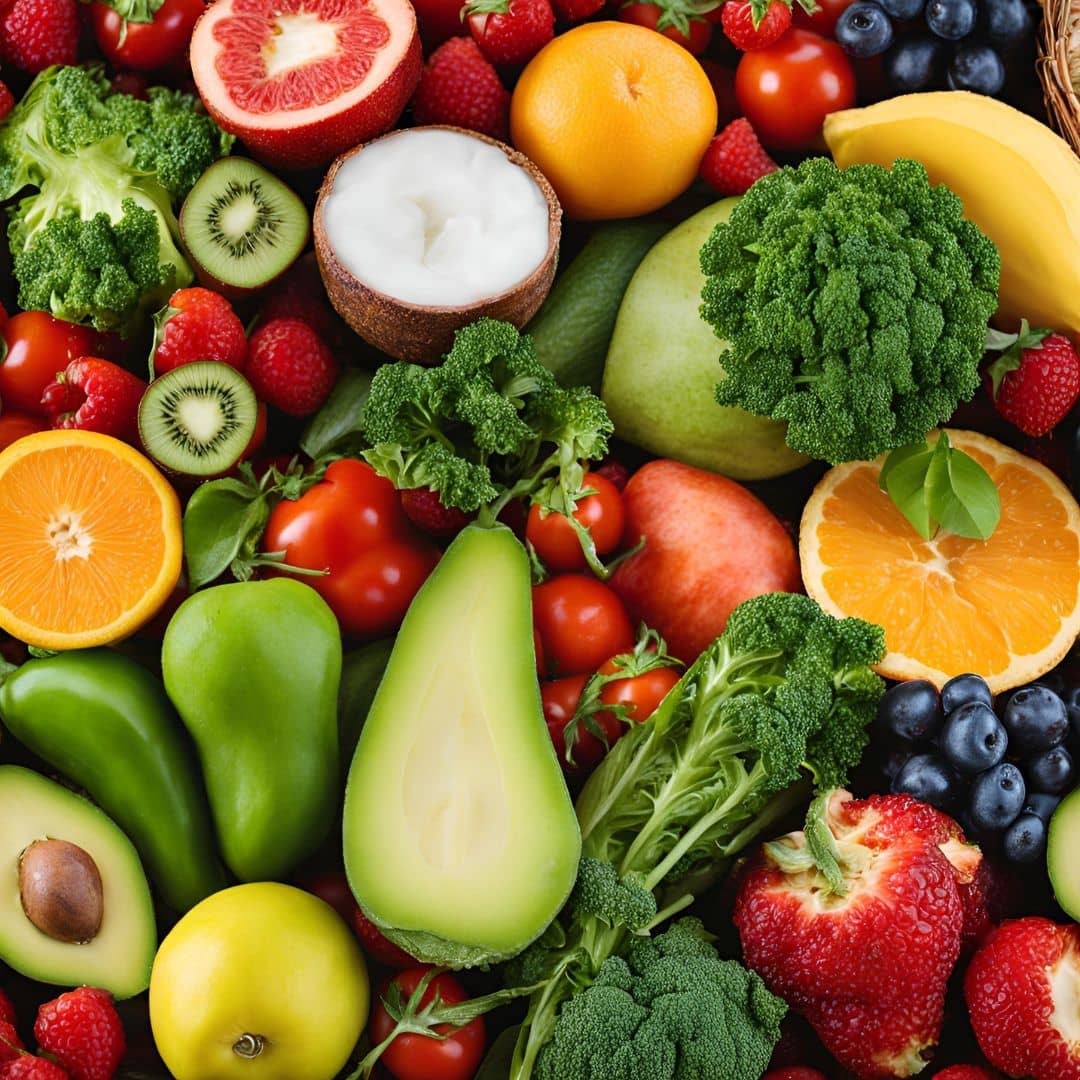Maintaining an active lifestyle requires the right fuel, and when you’re following a keto diet, finding that balance can be tricky. Keto-friendly fruits and vegetables are excellent sources of vitamins, minerals, and fiber without the excess carbs that can disrupt ketosis. In this comprehensive guide, we’ll dive deep into the best keto fruits and vegetables to help you stay energized, healthy, and on track to reach your weight-loss goals.
Understanding the Keto Diet
The ketogenic diet is a high-fat, moderate-protein, and low-carbohydrate eating plan designed to shift your body into a state of ketosis. During ketosis, your body burns fat instead of carbohydrates for energy. To achieve and maintain ketosis, carb intake typically needs to stay below 50 grams per day. This makes the selection of fruits and vegetables crucial.
The Role of Fruits and Vegetables in an Active Keto Lifestyle
While many fruits are high in natural sugars and carbohydrates, some options are keto-friendly and packed with nutrients. Vegetables, particularly non-starchy ones, are staples in keto meal planning, offering essential nutrients and fiber while keeping carb counts low.
Best Keto-Friendly Fruits for Sustained Energy
Despite their reputation for being carb-heavy, some fruits can fit into a keto diet in moderation:
- Avocados (2g net carbs per 100g)
- Rich in healthy fats, fiber, potassium, and vitamins C, E, and K.
- Perfect for smoothies, salads, and keto-friendly guacamole.
- Berries (5-6g net carbs per 100g)
- Raspberries, blackberries, and strawberries are lower in carbs compared to other fruits.
- Antioxidants in berries help combat inflammation and support recovery after workouts.
- Olives (3g net carbs per 100g)
- High in monounsaturated fats and antioxidants.
- Great as a snack or an addition to salads and keto pizzas.
- Coconut Meat (6g net carbs per 100g)
- Provides MCTs (medium-chain triglycerides) that boost ketone production.
- Use in keto desserts or as a crunchy topping for smoothie bowls.
- Tomatoes (3g net carbs per 100g)
- Technically a fruit, tomatoes are low in sugar and carbs.
- Ideal for sauces, salads, and keto-friendly salsas.
Top Keto-Friendly Vegetables for Energy and Nutrition
Non-starchy vegetables are the backbone of a keto diet. They are low in carbs but rich in fiber, vitamins, and minerals that support overall health.
- Leafy Greens (Spinach, Kale, Arugula, Lettuce)
- Almost carb-free and loaded with vitamins A, C, and K.
- Essential for salads, omelets, and green smoothies.
- Cruciferous Vegetables (Broccoli, Cauliflower, Brussels Sprouts)
- High in fiber, vitamins C and K, and phytonutrients.
- Roast them with olive oil or add to casseroles.
- Zucchini (3g net carbs per 100g)
- A versatile, low-carb veggie that can be spiralized into “zoodles.”
- Great for stir-fries and keto pasta dishes.
- Bell Peppers (5g net carbs per 100g)
- Packed with antioxidants and vitamin C.
- Use as a crunchy snack with guacamole or avocado dip.
- Mushrooms (2g net carbs per 100g)
- Low in carbs but rich in B vitamins and antioxidants.
- Perfect in soups, salads, or sautéed with garlic.
Sample 1,200-Calorie Keto Meal Plan for an Active Lifestyle
To help you put this into practice, here’s a sample day that provides balanced energy with only 1,200 calories:
Breakfast (265 Calories)
- All-bran cereal with almond milk
- One banana
- A sprinkle of chia seeds for fiber
Why it works: The fiber from the cereal and banana, combined with healthy fats, keeps you full and energized throughout your morning activities.
Mid-Morning Snack (80 Calories)
- Cucumber slices with avocado dip
Why it works: Avocados provide monounsaturated fats that support energy levels without spiking blood sugar.
Lunch (350 Calories)
- Grilled cheese with tomato on low-carb bread
- Mixed salad with olive oil dressing
Why it works: Cheese and olive oil deliver healthy fats, while the salad offers fiber and vitamins to support muscle recovery.
Afternoon Snack (100 Calories)
- A handful of walnuts
Why it works: Walnuts are high in omega-3 fatty acids, which support brain function and reduce inflammation.
Dinner (450 Calories)
- Grilled chicken breast with Brussels sprouts and quinoa
Why it works: Lean protein from the chicken aids muscle recovery, while quinoa adds fiber and essential minerals.
Tips for Staying Energized and Keto-Strong
- Hydrate Consistently: Dehydration can cause fatigue and impair physical performance. Drink plenty of water and consider adding electrolytes if you’re active.
- Plan Meals Ahead: Meal prepping helps you avoid carb-laden temptations and ensures nutrient-rich meals are always on hand.
- Balance Your Macros: Prioritize healthy fats, moderate protein, and low-carb vegetables to maintain energy levels without carb crashes.
- Listen to Your Body: While the keto diet can be highly effective, ensure you adjust your carb intake based on your activity level.
- Choose Nutrient-Dense Options: Focus on foods rich in vitamins, minerals, and antioxidants to support long-term health.
Final Thoughts: Keto Fruits and Veggies for Energy and Weight Loss
Following a ketogenic diet doesn’t mean you have to sacrifice energy or nutrition, especially when you incorporate the right fruits and vegetables into your meals. Avocados, berries, leafy greens, and cruciferous vegetables offer vital nutrients and sustained energy for an active lifestyle. Paired with healthy fats and high-quality proteins, these keto-friendly foods can help you maintain your weight-loss goals while staying energized throughout your day.
Whether you’re aiming to lose weight, enhance physical performance, or simply feel your best, keto fruits and veggies are your best allies. Embrace variety, plan thoughtfully, and enjoy the journey to a healthier, more vibrant you.
For more insights on keto-friendly foods, weight-loss strategies, and lifestyle tips, explore more content on Vigome, your go-to source for women’s fashion, health, and wellness.
